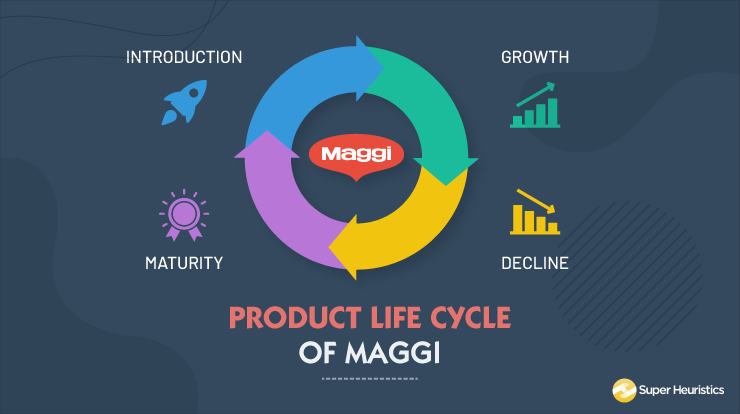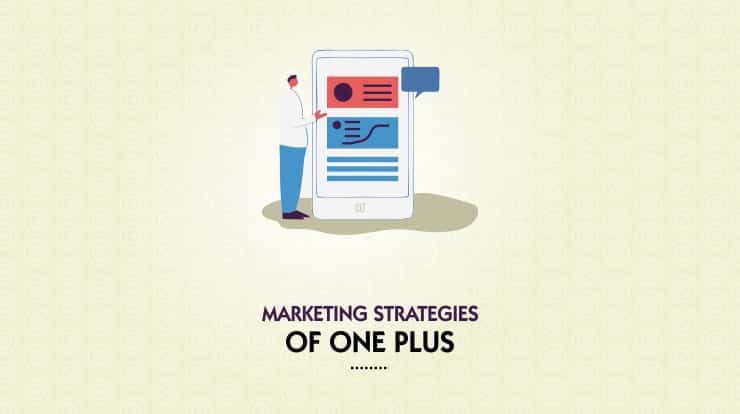
If I were to name a phone brand that rose from zero to becoming one of the major brands in Asian countries within a very short period, then the name is definitely going to be OnePlus. The marketing strategies of of OnePlus have made all the difference in its success when compared to the other competitors.
The marketing geniuses behind this brand deserves a mention for greatly reducing advertising costs, retailing commissions and other costs that might have caused an increase in price.
A result of all of that is innovation in marketing at lower costs leading to a brilliant case study for us to analyse. So let’s get on with it and find out what marketing strategies make OnePlus a marketing success story.
History of OnePlus
OnePlus India was launched in December 2014, and ever since, it has stood its ground and competed well with other established and established big brands.
OnePlus market share in India is 33%, with Samsung leading with 34% of the market share. This is as per a market research by Counterpoint.
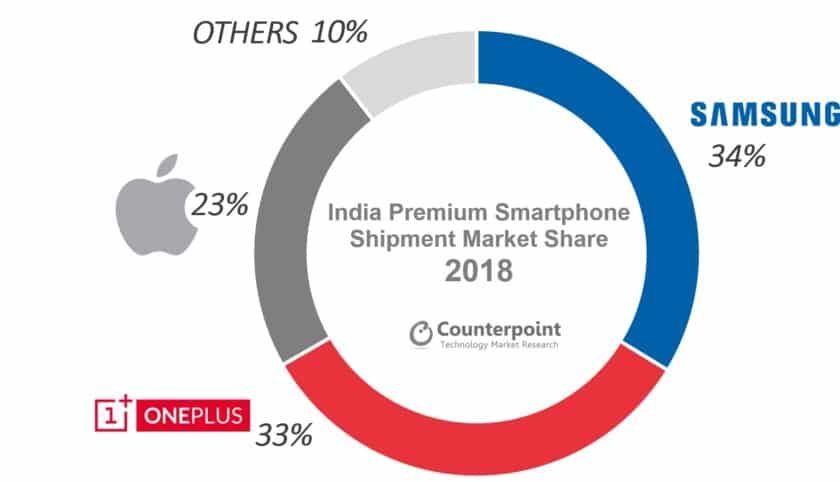
In this piece, I will be highlighting 9 of the notable marketing strategies of OnePlus (in no particular order) used by OnePlus to swiftly capture such a large share of the market. This list of 20 such marketing strategies of One Plus points out the most notable ones that can be implemented by new and up-coming tech startups.
Let’s begin!
Also Read: Top 7 Camera Brands in the Market
1. Creating Buzz with Exclusivity
When the phone was just launched in India, OnePlus created a scarce situation whereby not everyone could buy the phone even though the market was getting a sense of the phone and was liking it.
In this strategy of exclusivity that was implemented by OnePlus, you could have got the phone only if one of the users of OnePlus gave you an invite.
Since the phones were not readily available and one could only get it basis the invite, the option of choice was ruled out. That is, you don’t walk into a phone shop and see OnePlus phones as one of the products to choose from.
If you want it, you practically strive to get it.
Consequently, the company had no reason to establish retail stores or own any warehouses filled with unsold phones. The supply was there to adequately meet the demand.
Apart from that, the company was able to directly measure the influence of their product and its acceptability. Also, they were able to deduce what the customers’ want and when they want it.
OnePlus developed a cult following using this strategy. To determine the effectiveness of this strategy, you should check how there was a boom in their site’s traffic when people were allowed to order the phones without having any invite during Black Friday and Cyber Monday sales.
This strategy of scarcity was discontinued since the launch of OnePlus 3.
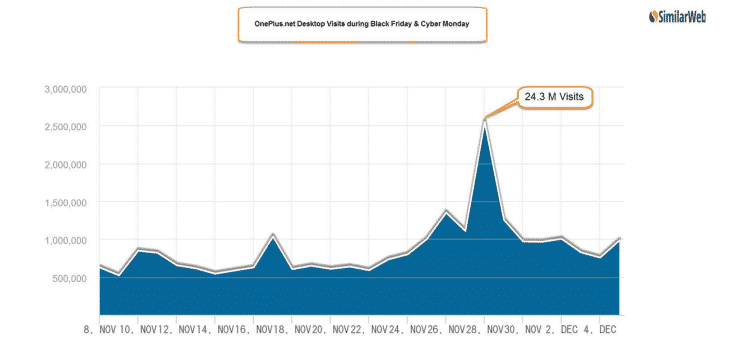
Also Read: Classification of Markets – Modern Markets
2. Clever Use Of Influencer Marketing
Interestingly, OnePlus used another splendid strategy that entails banking on the influence of other brands or personalities to raise awareness and draw the attention of people to their products.
An example of this was it recent collaboration with Netflix India. OnePlus India was the first to release the first look of the much awaited Sacred Games season 2. It claimed that the pictures were taken by its product and this marketing program drove a lot of visits to their social media pages even from the ardent followers of the series.
Surprisingly, OnePlus not only used the influence of Netflix, it also engaged popular actors, models and media personalities as well. This was mostly used during the recently launched OnePlus 7 series.
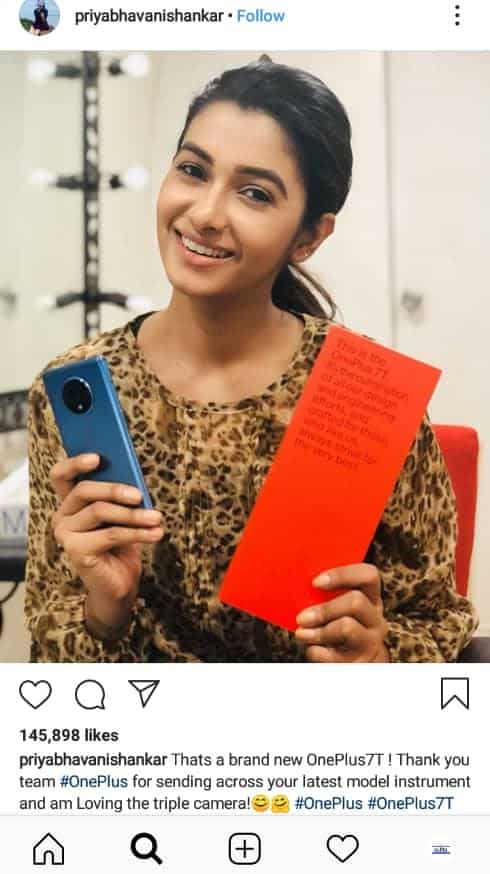

Also Read: SWOT Analysis of Amul
3. Leveraging on Word of Mouth
Before OnePlus entered the Indian market, it had already created an active community where discussions about phone were taking place. This gave OnePlus the necessary initial traction.
After the launch, OnePlus introduced its product to this community and they liked it. Guess what? The first users of this product started spreading the gospel about it and telling everyone about the phone.
Besides this, OnePlus made it more fun for them when it made them eligible to invite other people to buy the phone, which, as I mentioned, was the only way to buy the phone back then.
As more people got their hands on these phones and got satisfied with what they bought, each person became an endorser for the brand and for the quality product that it sold.
4. Less Expenditure on Traditional Marketing
OnePlus India is very active on various social media platforms. It has over 2.2 million followers on Instagram and 1.73 million on Twitter. These platforms are where it runs most of its campaigns.
OnePlus has spent a fair share of money on traditional marketing and above the line activities as well. For example, OnePlus once ran an ad during the launch of OnePlus 5 during the Championship match between Pakistan and India, which was a much-anticipated match.
This is usual for the industry OnePlus is in. Especially when you hear about the last released advertising spend of Apple which was pegged at $1.8 billion dollars in 2015.
Of course, OnePlus, initially might not have been able to afford that kind of money. Or even if it could have, it did consciously choose to innovate their marketing initiatives.
One of the digital campaigns launched by OnePlus was tagged “Smash The Past”, where contestants are required to smash their present device and upload the video online so as to have the chance of getting OnePlus phones for as low as $1.
This campaign caused a media outrage because of the environmental or health hazards it poses. Tactically, OnePlus PR team changed the campaign to “Donate The Past” by tweaking the rules. Contestants were no longer required to smash their phones, but instead, they had to donate them.
As expected, this campaign got a lot of entries and created a lot of buzz. I kid you not, it was successful. You can watch some of the videos on YouTube.
5. A Quality Product
A quality product is the best marketing you could ever do. You can just never understate the importance of the quality of a product when it comes to marketing strategies.
It was very clear that Samsung and Apple are high-end phones with very sleek design, hence, trying to beat them by having a cheaper one would only work if the quality is maintained.
And that was one of the biggest task in front of OnePlus. How could they do it?
With a top-notch phone and competitive pricing, which came from the greatly reduced marketing costs, OnePlus was able to compete with bigger brands
Do a quick search on Google and you will discover that a lot of the consumers were beyond satisfied with what OnePlus phones are offering. Here, I grabbed some of the reviews for you to see.
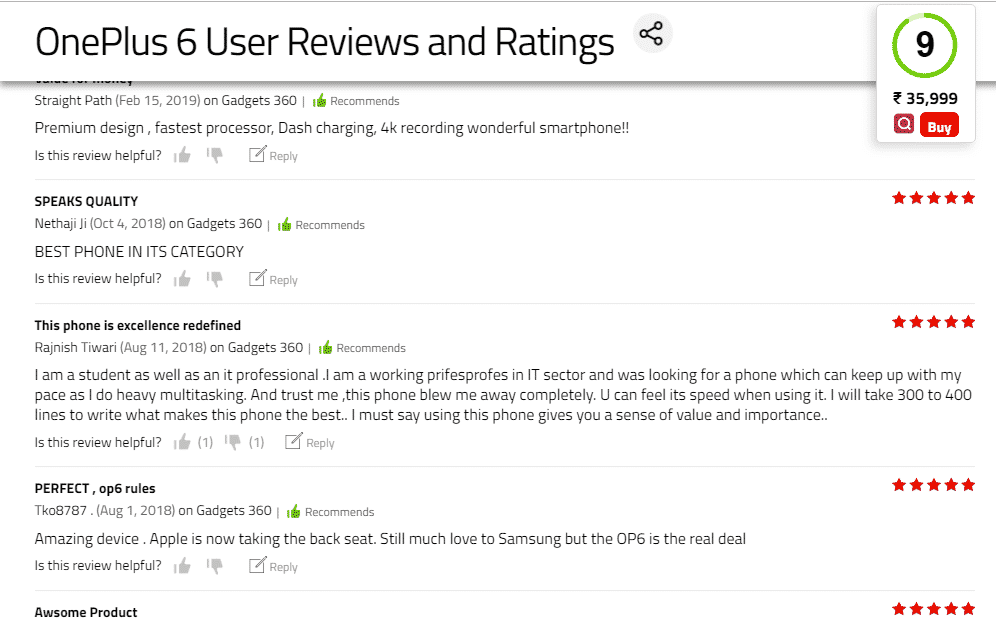
6. Maximally Utilizing an Hashtag (#NeverSettle)
OnePlus, in all of its campaign, leveraged on the power of hashtags combined with other social media strategy to engage with its audience. The launch of OnePlus 6T, for example, in NY city was live streamed on Twitter and it was quite a successful campaign.
#NeverSettle is a hashtag that born out of OnePlus and it has been using this hashtag in all of its marketing campaigns.
To different people, #NeverSettle means different things, but I believe the intent was to position OnePlus as a superior brand among the brands and to pass on a message to phone users to never settle for a low spec phone just because they might not be able to afford them.
7. Affordability of the Device
It is said that if you plan to come up with another product in an industry that is already crowded, the product is got to be at least 10x better in at least one product aspect.
In case of the OnePlus, the affordability of the device paired with the kid of specifications that it offers works in its favor in the similar fashion.
They pack the best specs into a phone which is considerably better with the other mobile phones out there in the market.
Let’s do a quick price comparison of the price of OnePlus latest release, the OnePlus 7T, and Apple’s latest release, iPhone 11 Pro. OnePlus 7T costs INR 38,000 on average while the average price of iPhone 11 pro is INR 100,000. While that’s how it compares in terms of the price, let’s do a quick comparison of the spec.
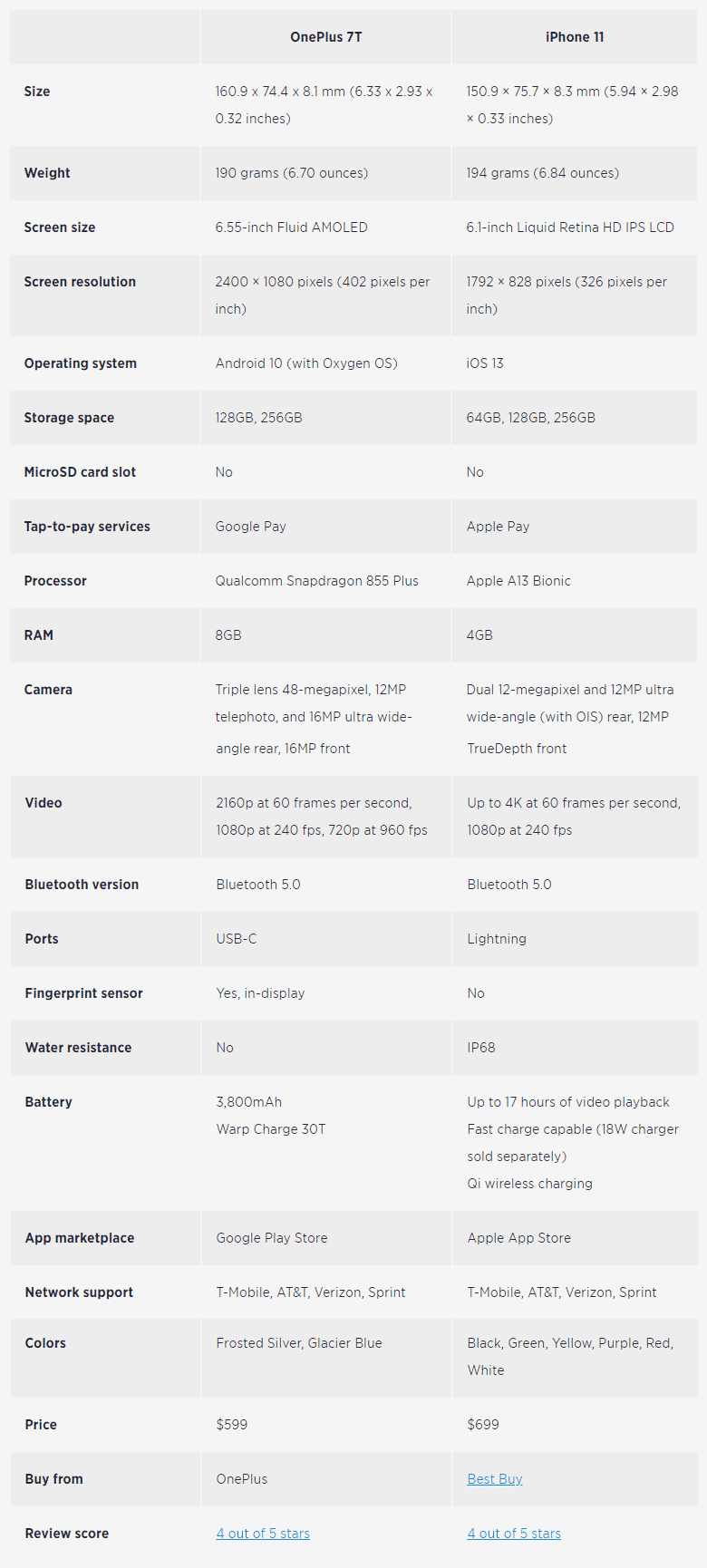
8. Online Sales with no Offline Store at the Beginning
At the core of the OnePlus marketing strategy was the strategical choice of going ahead with just online sales. Amazon India was the sole and exclusive eCommerce platform from where the users ordered their phones.
In addition, OnePlus, using the invite only system and online store, was able to properly manage its inventory and not produce excessively. This is a good strategical move for a product that is just starting out in a new country.
Now, as OnePlus has moved to the stage of having offline retail stores, it is at a strong position in the market and has its grip on the market.
9. Building Loyal Community Members
Before OnePlus launched in India, it already had a community and that community were the first customers. Building a community or a tribe is extremely beneficial for a brand is it drives word of mouth, which is undoubtedly an extremely happy state for the marketing efforts of any marketer.
Apart from this, the UGC (user generated content) coming in from these members in forms of reviews or FAQs go a long way in convincing a prospective buyer to make a purchase.
You know how iPhone users build a vibe around a product all over the place and sometimes you wish to get one even though you don’t really need it? OnePlus loyal community members is likely to have the same effect on you.
Final Thoughts
OnePlus already has India as its biggest market while it keeps expanding into other countries. OnePlus offered and continues to offer an extremely good alternative to high end phones at a lower price without compromising the quality in the process. This, alone, contributed immensely to its success.
Most startups with little or no capital are always scared that they would remain an underdog because of how big their competitors are. With these takeaways, I am sure you can now see that you don’t need big money to outsell your competitors, rather what you need is a big marketing strategy.


